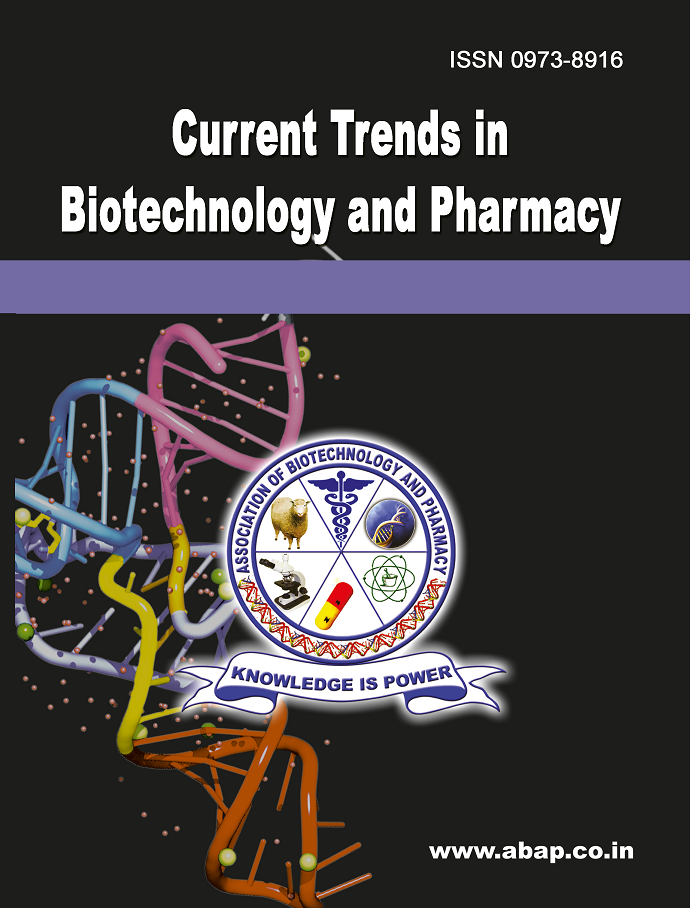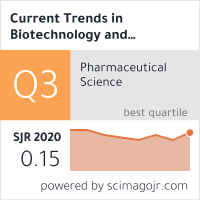PGR-Mediated Metabolic and Oxidative Stress Responses in Simarouba glauca under Water Deficit Conditions
DOI:
https://doi.org/10.5530/ctbp.2025.4.45Keywords:
Simarouba glauca, non-enzymatic antioxidants, plant growth regulators, metabolic changes, water stressAbstract
Simarouba glauca DC is known for its varied range of bioactive substances and its ability for resilience under abiotic stress circumstances, especially drought, which is still a major limit to crop yield. Understanding the physiological and biochemical mechanisms underlying drought tolerance in S. glauca can provide valuable insights into its adaptive strategies and inform broader applications in stress biology and crop improvement. The present study investigated the role of plant growth regulators (PGRs) including salicylic acid (SA), γ-aminobutyric acid (GABA), abscisic acid (ABA), and putrescine— in modulating enzymatic and non-enzymatic antioxidant defense systems under water stress. Enzyme activities (invertase, dehydrogenase, ATPase, acid phosphatase, and nitrate reductase) were assayed alongside oxidative stress markers and antioxidant capacities (DPPH, FRAP, H₂O₂ scavenging, hydroxyl radical scavenging) Key findings shown that SA and GABA substantially boosted the activities of invertase and dehydrogenase during water stress, while PGR application restored ATPase activity that had previously decreased under stress. Under stress, acid phosphatase activity elevated and was further boosted by GABA and SA. Under stress, antioxidant activities as determined by DPPH, FRAP, and TAC were increased, and PGR treatments further increased these levels. The effects of SA, ABA, GABA, and putrescine were especially potent. These results are consistent with mounting evidence that PGRs are essential for improving drought tolerance through the regulation of antioxidant defense mechanisms. Few studies have investigated perennial, oilseed-bearing trees like S. glauca, despite the fact that numerous studies have documented the function of PGRs in annual crops. By showing how PGRs alter both enzymatic and non-enzymatic antioxidant pathways in a woody perennial species during drought, this study closes that gap. The findings show possible directions for creating PGR-based treatments to increase stress tolerance in S. glauca as well as other perennial crops that are significant to the economy.



